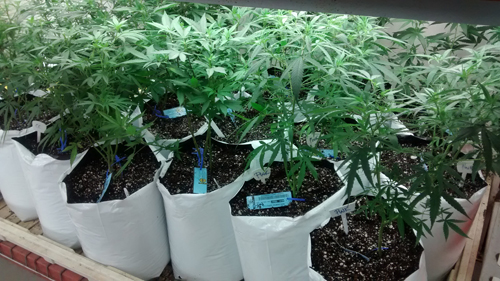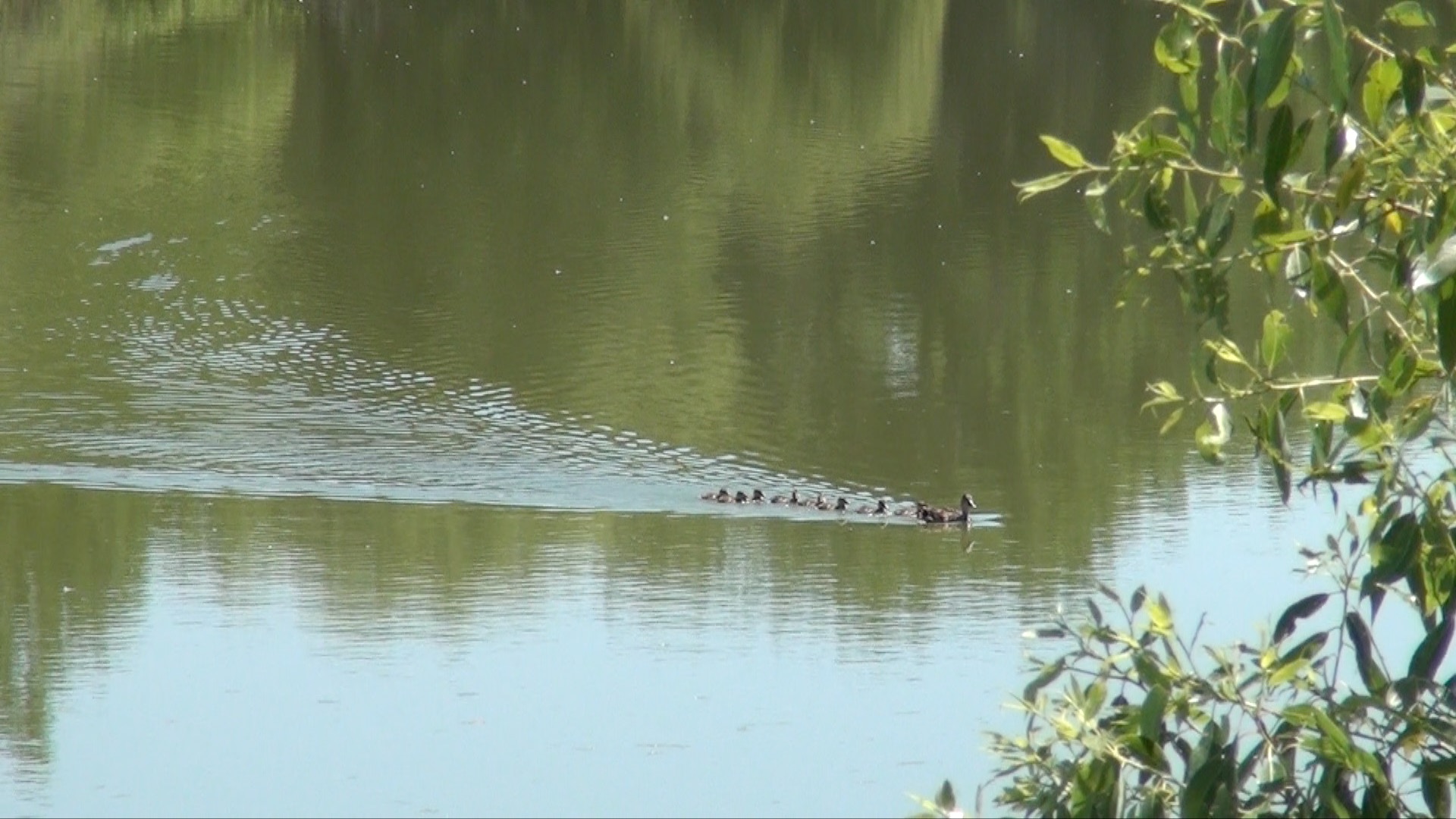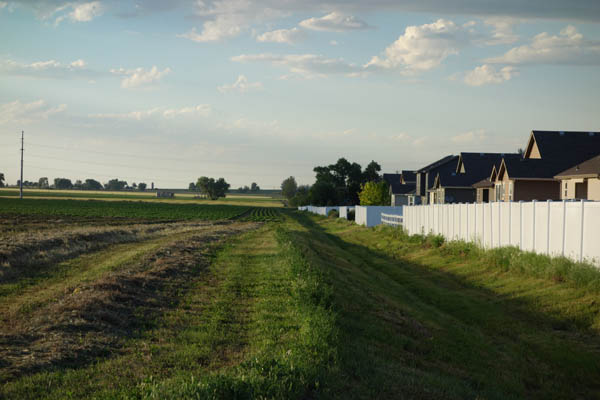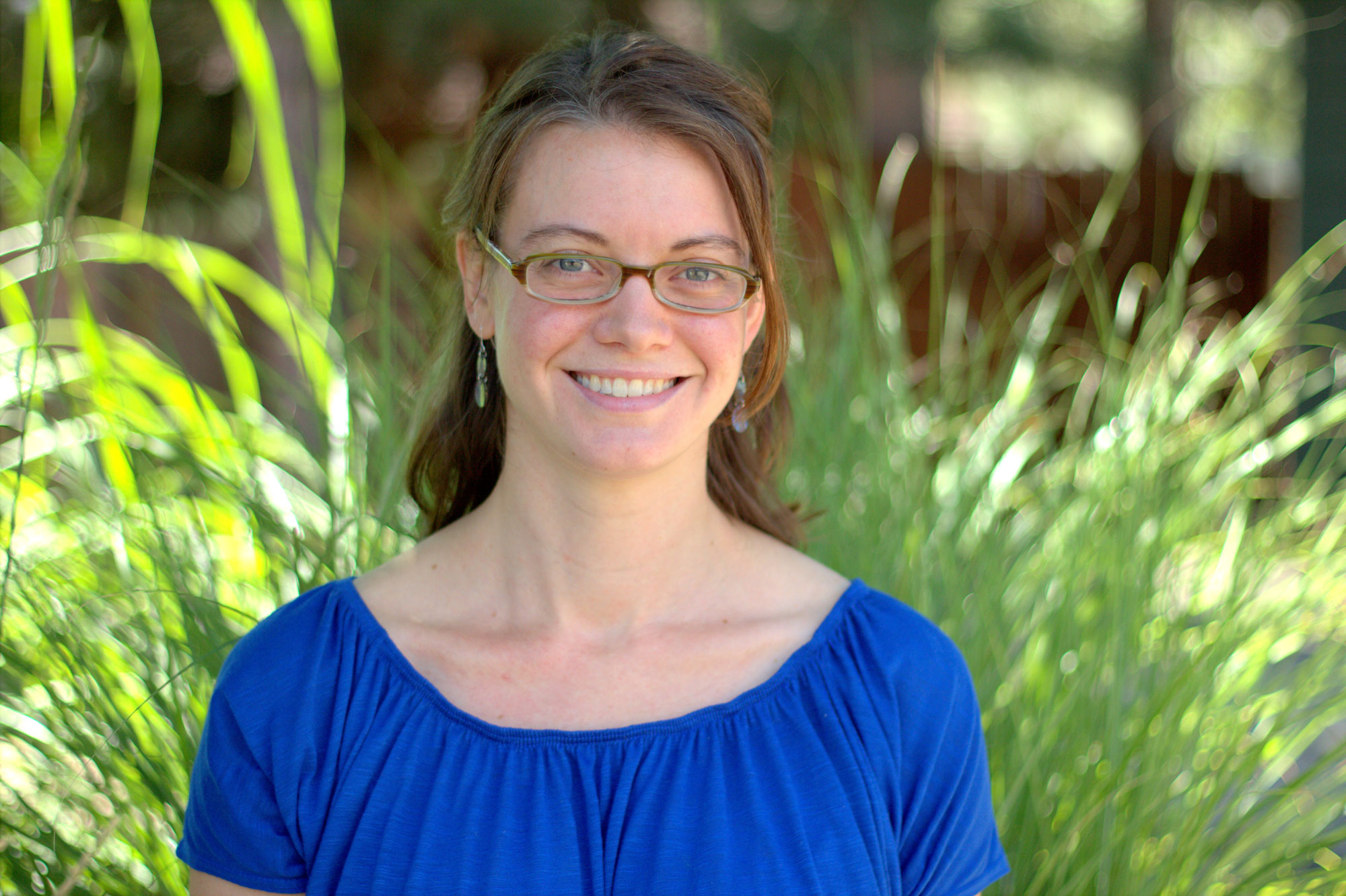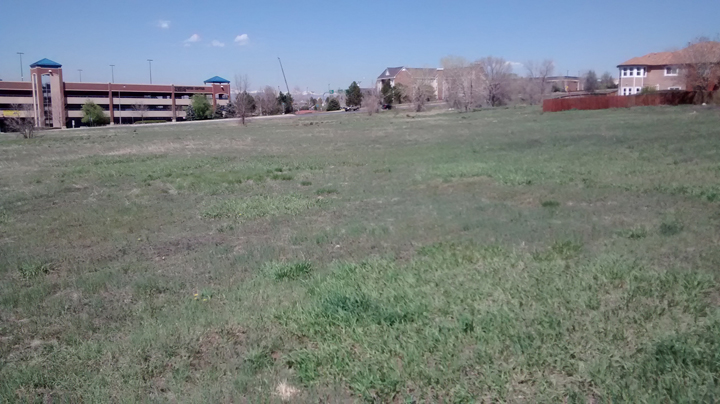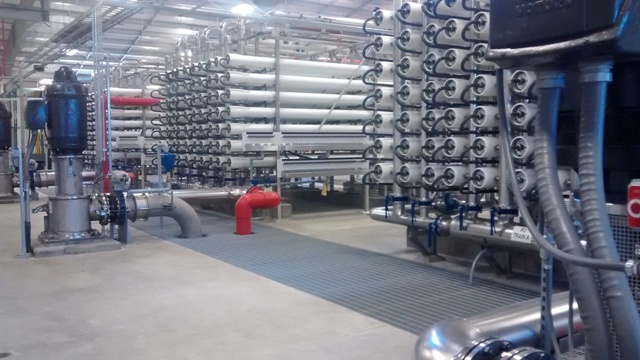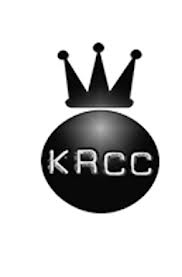|
Listen The 4th statewide call-in show aired live on Sunday June 14, 2015 on KGNU, KRCC and KDNK. This episode focuses on what individuals can do to conserve water. Guests are Tyler Kesler, water programs manager with the Center for ReSource Conservation in Boulder; Jerome Osentowski from the Central Rocky Mountain Permaculture Institute in Basalt; civil engineer Louis Meyer; and Mona Newton, executive director of the Community Office of Resource Efficiency. |
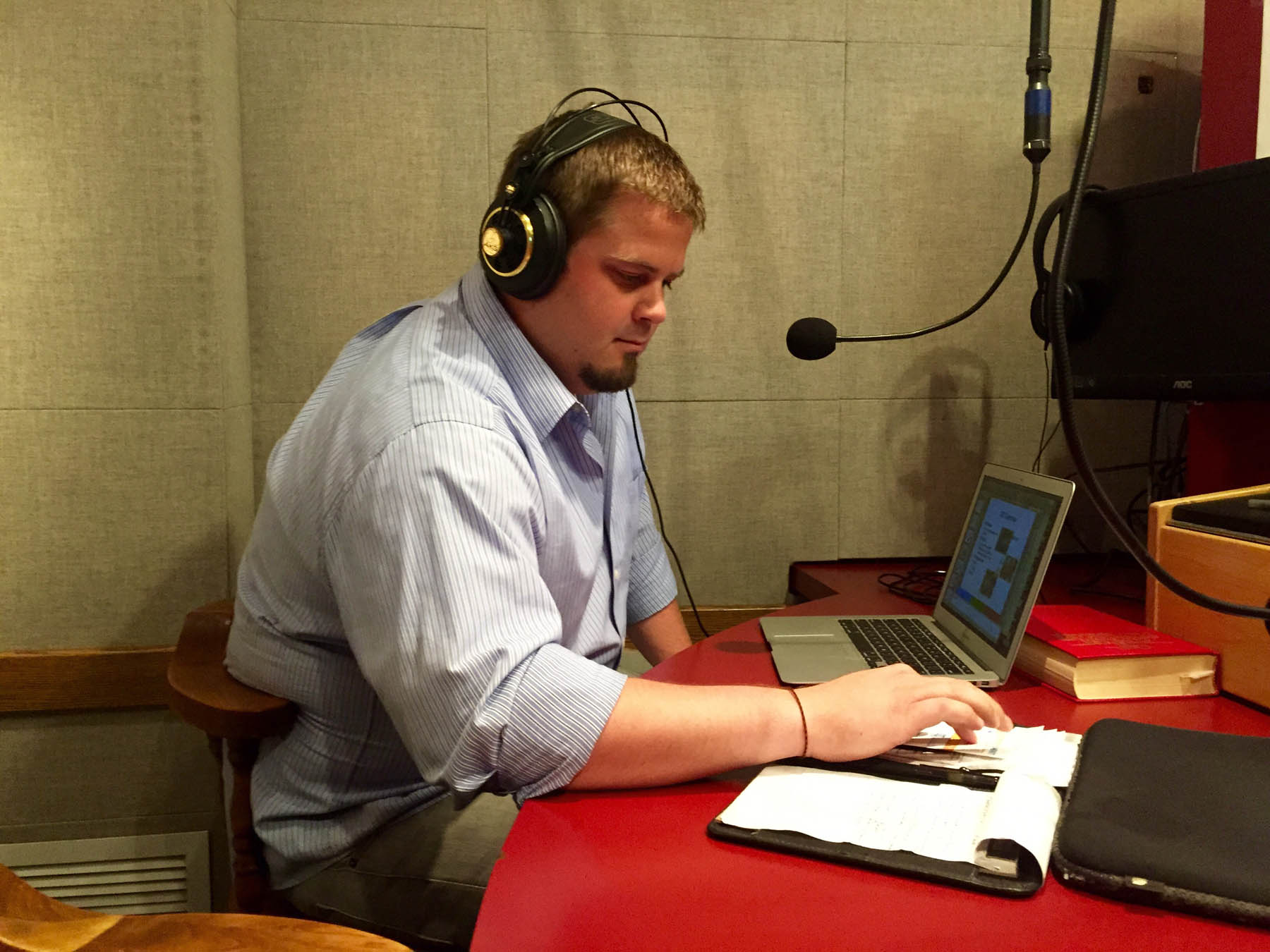 |
| Listen to the Story |
|
Listen Finding enough water to meet the demands of the booming Front Range has city planners closely looking at how new developments can be built with water conservation as a key component. And with the second draft of Colorado's Water Plan scheduled for release in July, many water advocates are hoping to see the issue of land use addressed. As Maeve Conran reports for our statewide water series, in the arid west, land and water use go hand in hand. |
|
| Listen to the Story | Transcript |
Read more: Developing Colorado with Water Conservation in Mind
|
Listen
It's been just over three months since Coloradans got a first look at the state's water plan. The draft that was submitted to Gov. John Hickenlooper came after more than 800 public meetings held across the state. But despite an extensive education and outreach campaign, how involved is the general public in planning Colorado's water future?
|
|
| Listen to the Story | Transcript |
|
Coloradans pride themselves on the quality of their drinking water, most of which originates high up in the Rocky Mountains. But many communities on the Eastern Plains have water that not only tastes bad, it is out of compliance with federal drinking water standards. As part of Connecting the Drops, our series on water issues in the state, Maeve Conran reports on efforts to improve water in Eastern Colorado |
|
| Listen to the Story |
|

